Unraveling the Mystique of Youkai Their Symbolism and Diversity Explored
- Larisa Ion
- May 28
- 4 min read
Youkai, the enchanting spirits of Japanese folklore, have long intrigued artists, storytellers, and curious minds alike. These mystical beings embody a rich tapestry of symbolism and diverse forms, each carrying a unique story and significance. In this article, we explore what Youkai represent and examine the various types that populate their world, inviting readers to appreciate the magical realm of these supernatural entities.
The Essence of Youkai
Simply put, Youkai are traditional Japanese spirits or demons, each with distinct traits and characteristics. Rooted in Shinto and Buddhist traditions, these beings often serve as a bridge between the natural and supernatural realms. They appear frequently in folklore, art, literature, and popular media, reflecting the complex relationship between humans and their environment.
Youkai portray a range of themes, from the playful to the sinister, and each captures a facet of human experience, morality, or nature. For example, some Youkai illustrate the consequences of negative actions, while others celebrate the whimsical aspects of life. Despite their alarming appearances, many Youkai act as guardians, showcasing the duality of their nature as both benevolent and malevolent forces.
Symbolism of Youkai
The symbolism of Youkai is deeply entwined with Japan's cultural and spiritual heritage. Each Youkai conveys its own meaning, often reflecting societal values and beliefs.
Connecting with Nature: Numerous Youkai are linked to natural elements like trees, rivers, and mountains. This connection emphasizes the significance of nature in Japanese culture, acknowledging the spiritual essence within it. For instance, the Yama-uba, a mountain witch, highlights the importance of respecting nature and its unpredictable forces.
Moral Lessons: Youkai frequently teach moral lessons, as stories featuring these spirits illustrate the consequences of greed, selfishness, or dishonesty. The story of the greedy fisherman who encounters a Kappa teaches respect for water and nature’s power, reinforcing traditional values.
Cultural Expression: As integral parts of storytelling, Youkai represent Japan's rich oral and artistic traditions. They commonly appear in ukiyo-e prints, noh theater, and contemporary anime, allowing artists to express cultural fears, aspirations, and everyday life.
Transformation and Change: Many Youkai possess shape-shifting abilities, symbolizing the fluidity of identity and existence. This trait resonates with natural life cycles, reinforcing that change is inevitable and adaptability is crucial for survival.
Overall, Youkai serve as reflections of our varied human experiences, giving voice to both our light and our shadow.
Types of Youkai
The diversity of Youkai is astonishing, each characterized by its unique traits, forms, and behaviors. Though pinpointing an exact number is difficult, folklore suggests there are hundreds of different types ranging from the well-known to the obscure.
Here are some of the most recognized types:
1. Shōjō
Shōjō stand out with their striking red faces and long hair. Known for their captivating singing, they can charm humans with their voices. While they represent artistic expression, they can also lead individuals to danger if one becomes too enchanted. An example is the tale of a Shōjō who lures a fisherman into the sea with her beautiful song.
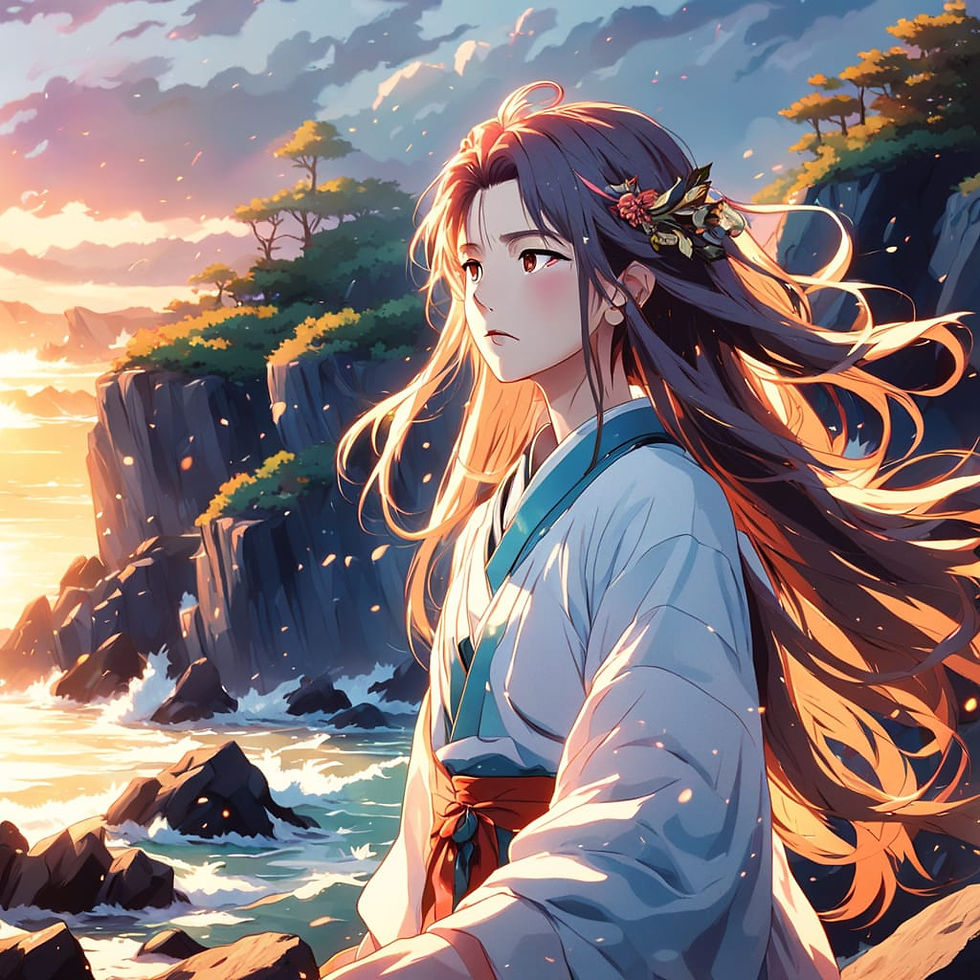
2. Tengu
Tengu, often depicted as guardians of the mountains with human and bird-like features, are skilled martial artists. Revered for their wisdom and discipline, Tengu serve as a reminder of the importance of mastering one's abilities. They often appear in stories warning against arrogance and overconfidence.
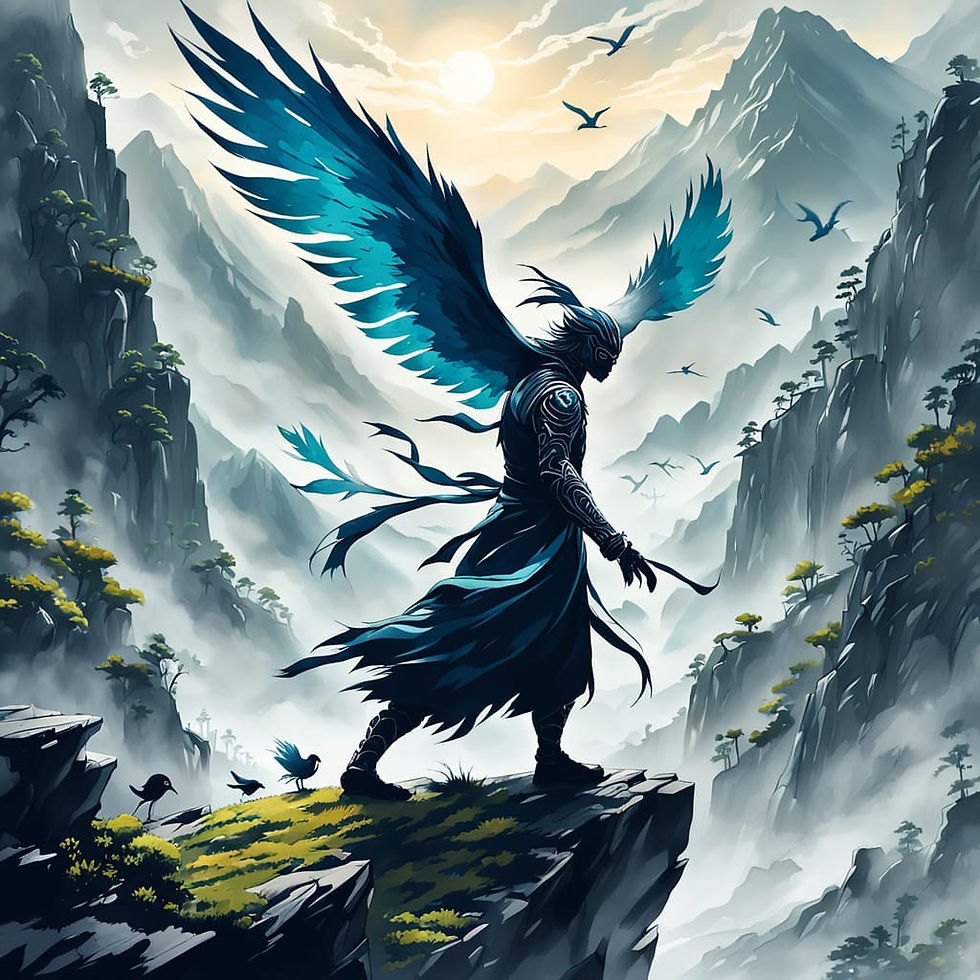
3. Kappa
These water-dwelling creatures resemble turtles or amphibians and are infamous for their mischievous antics. Kappa caution against recklessness near water, embodying the need to respect nature. In fact, there are ancient records, such as the one from the 8th century, illustrating how Kappa have mischievously snatched children who strayed too close to rivers.
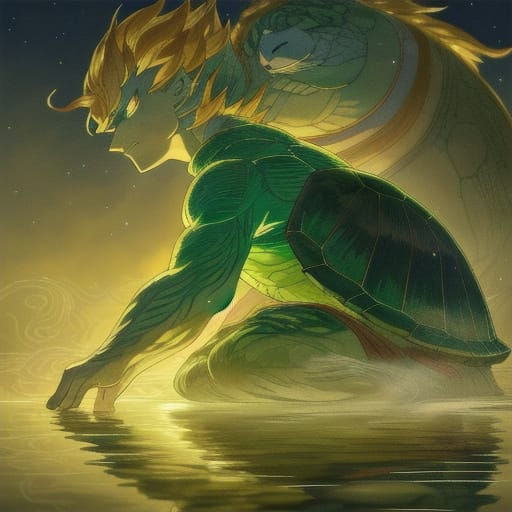
4. Yuki-onna (Snow Woman)
Yuki-onna is an ethereal figure connected with snow and winter. With her haunting beauty, she often appears during snowstorms, embodying winter's coldness and solitude. Sometimes she offers assistance to humans, but she can also bring danger, illustrating the delicate balance between beauty and despair.
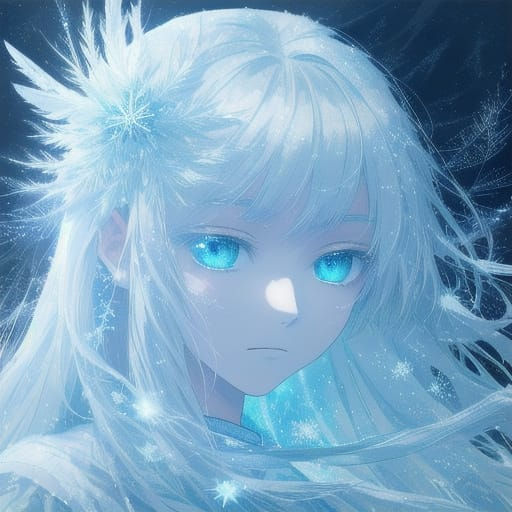
5. Jorōgumo
The Jorōgumo, a fascinating Youkai, can transform from a spider into a beautiful woman. She serves as a cautionary tale, illustrating the risks of succumbing to seductive appearances. In one famous story, a young man is lured to her lair but ultimately meets a tragic end, a warning against unchecked desire.
The incredible variety of Youkai highlights human complexity and the various ways these tales manifest in cultural folklore.
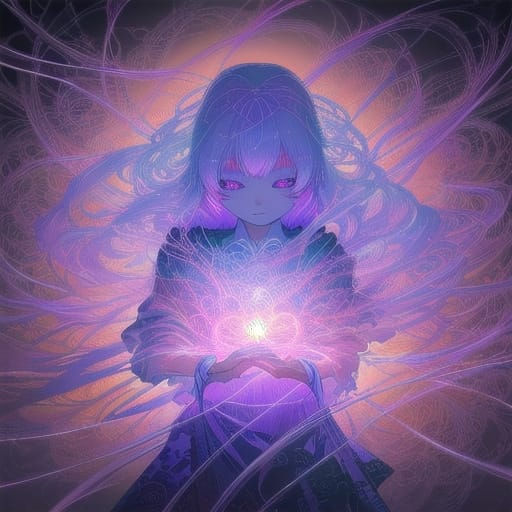
The Impact of Youkai in Modern Culture
Today, the fascination with Youkai remains vibrant and compelling. They infiltrate mainstream culture in Japan and across the globe, inspiring a multitude of anime, manga, films, and video games.
Youkai continue to illustrate the intersection of supernatural elements and everyday life, inviting new generations to engage with their cultural heritage. They also symbolize critical conversations around environmental conservation, ethics, and cultural identity in an ever-evolving world.
Festivals like the renowned "Youkai Parade" celebrate these creatures, showcasing their significance within Japanese culture. As communities come together to honor Youkai, they also preserve folklore and strengthen their collective identity.
Embracing the Mystique of Youkai
The world of Youkai is a complex blend woven from history, culture, and universal human experiences. Representing a wide range of symbolism and forms, Youkai encourage exploration of the boundaries between the known and unknown, the natural and supernatural.
By understanding the meaning and diversity of Youkai, we not only appreciate the depth of Japanese folklore but also recognize shared themes that resonate across cultures worldwide. As stories of these intriguing creatures evolve, so does our connection to the mysteries they unveil.





Comments